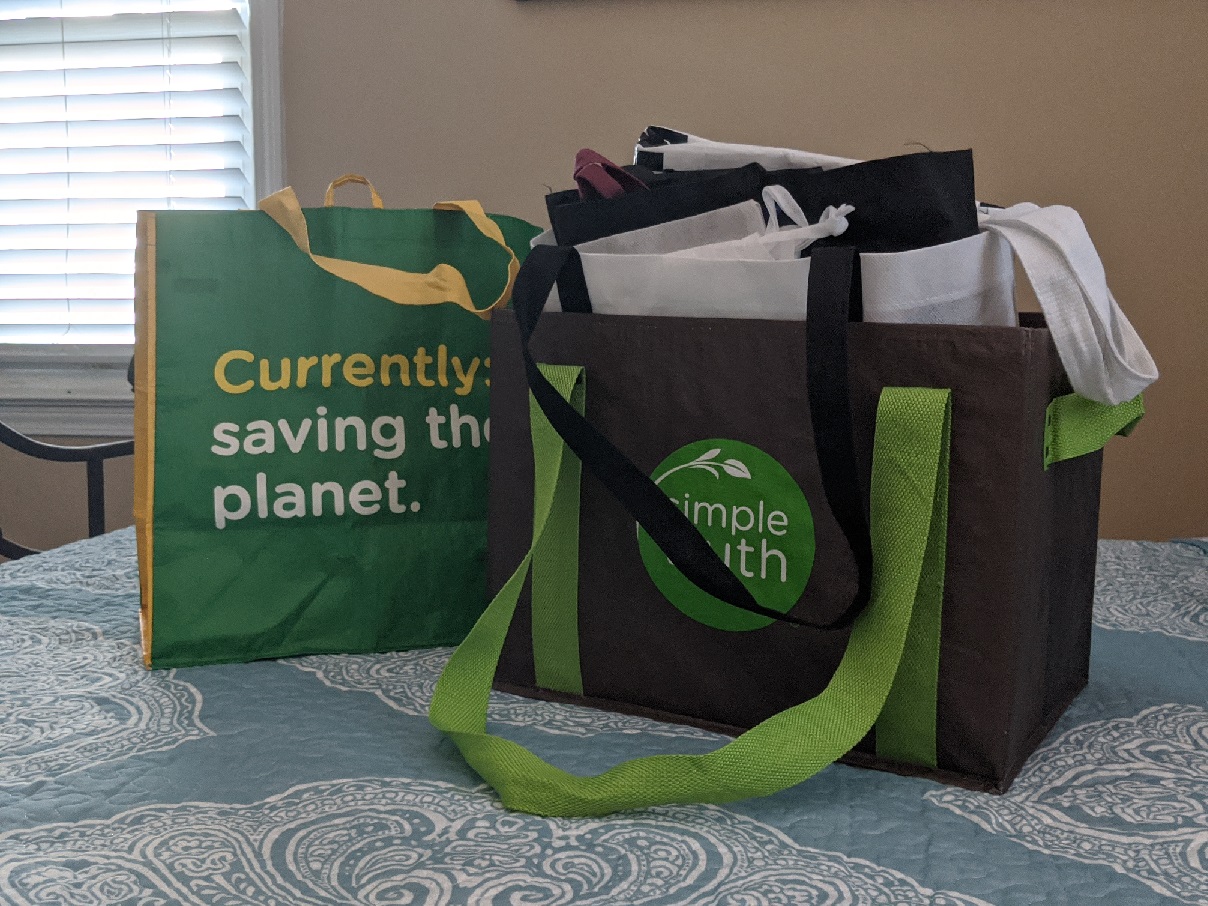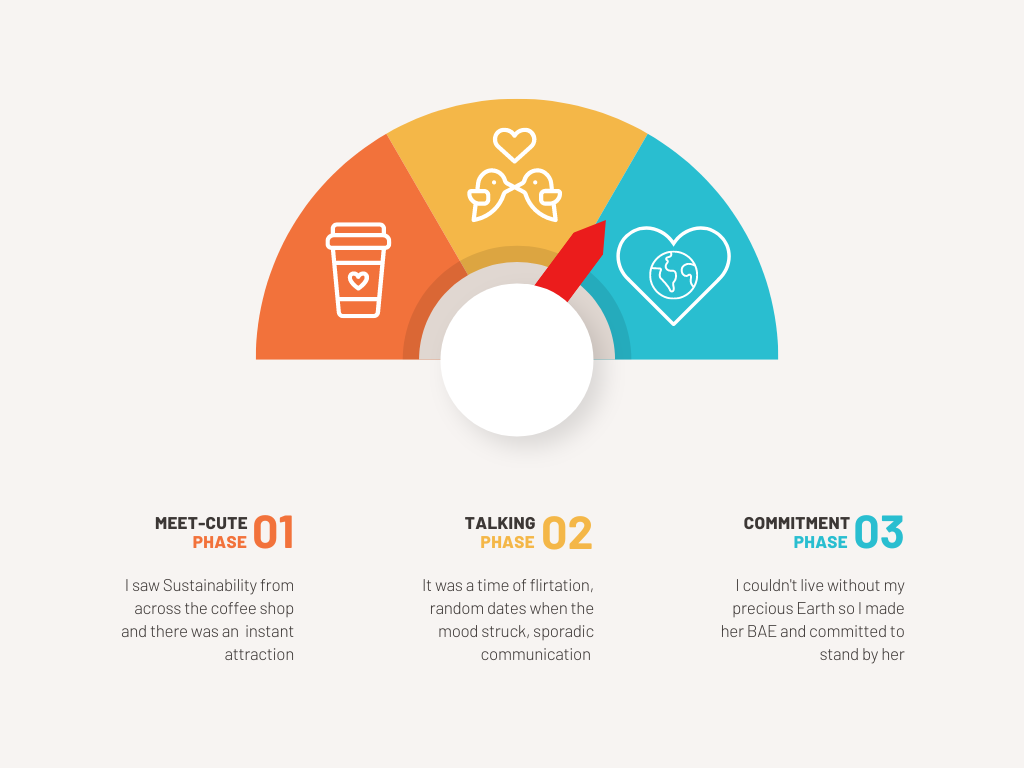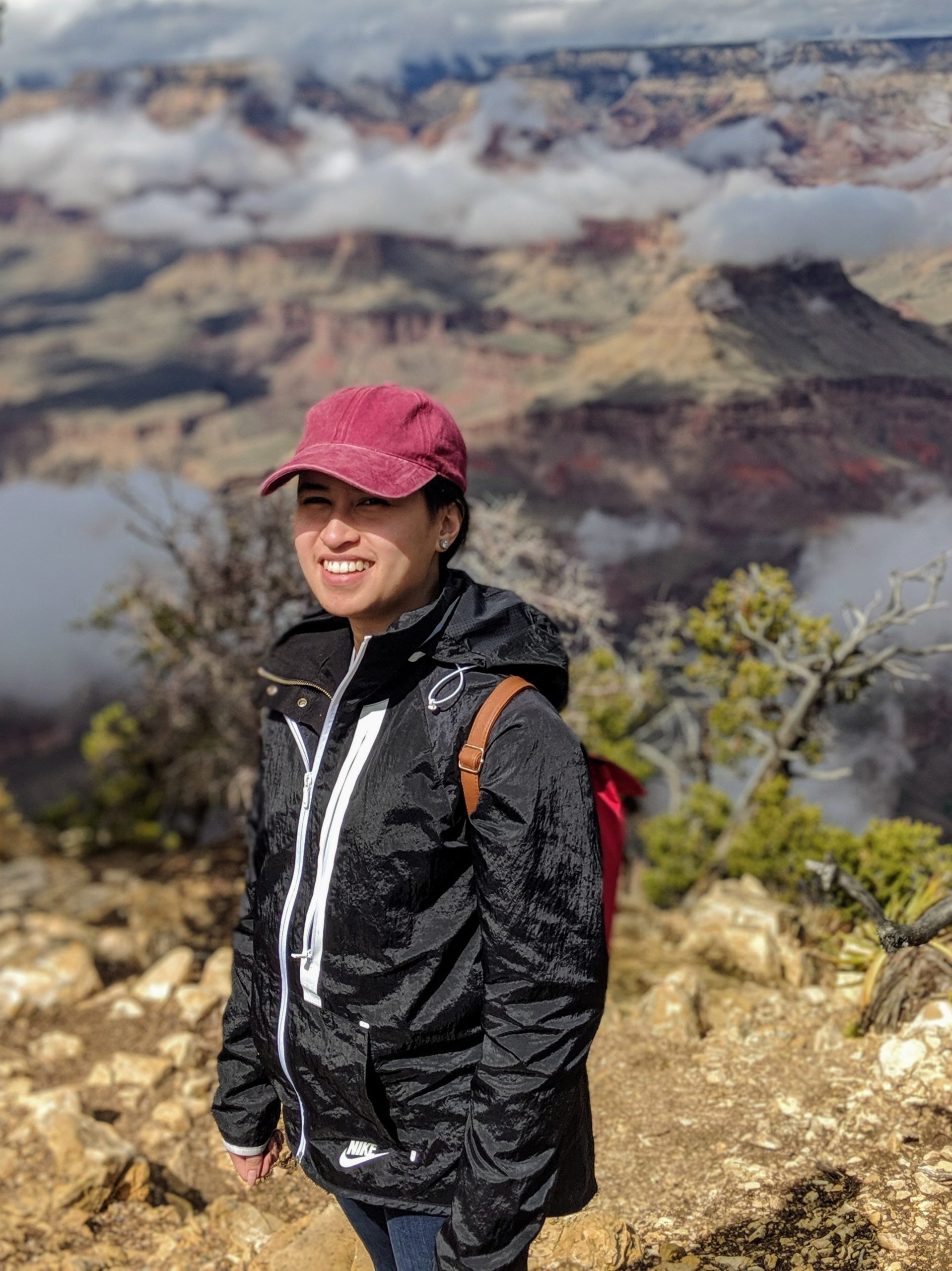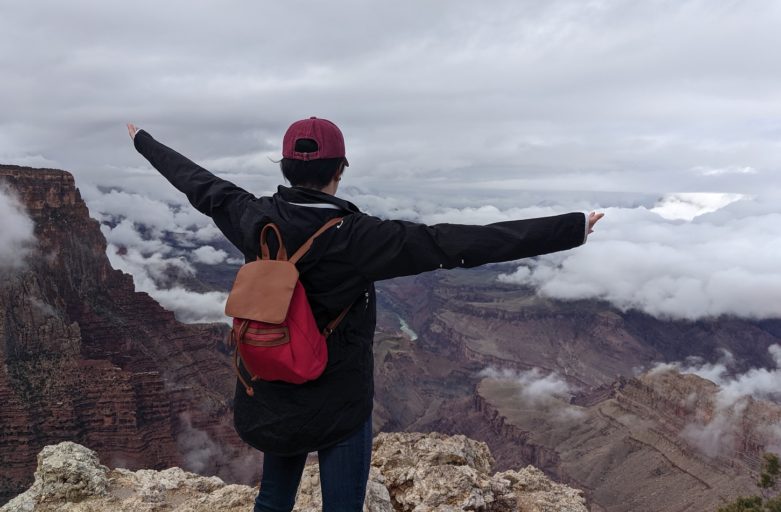In my last post, I talked about the inspiration behind the creation of this blog, mainly the desire to inspire others to live more sustainably. At the risk of sounding redundant, I’ll reiterate that my goal is to help others realize that living sustainably doesn’t have to get in the way of living one’s best life. Nothing to lose, but more to gain.
So how can I inspire others without first being honest and open about my own sustainable life? The previous post provided a bit of an intro but this post will be more about the details and actual examples of the first small eco-friendly steps of my sustainability journey.
The Early Steps
One of the first lifestyle changes I made was to eat less beef. 11% of greenhouse gas emissions comes from agriculture, most of which comes from the raising of cattle livestock1. Subsequently, eating less meet means incurring less demand on the beef production. Now for me, this was a relatively easy shift, since I’m not a huge fan of steak. However, I do like the occasional burger and some Asian dishes that include beef. To satisfy those cravings, I limited my beef intake to 1 or 2 times a month. Of the eco-friendly changes I’ve made thus far, this is the one that I’m able to keep up with consistently. It’s practically second nature to me now. This is also a perfect example of choosing a path that works for you. I didn’t want to eliminate beef entirely but I was still able to significantly reduce my consumption. It doesn’t have to be all or nothing.
A slightly more challenging change was the conscious decision to step away from fast fashion. What is fast fashion? It describes the supply of inexpensively mass-produced clothing in response to fleeting style trends. When I discovered the incredible wastefulness of this industry, I was bothered. So I did something about it. Though it was hard at first (I was once an avid customer of Forever21), over the course of a year or so, I weaned myself off. I started buying less clothes, and when I did buy clothes, most of them were second-hand or “pre-loved.” I do periodically buy new pieces, but when I do, I try to purchase items of high quality or from a slow fashion or sustainable brand. And even though I’m more of a second-hand gal now, those who are close to me can attest that I can still turn lewks babyyy.
Now let’s consider single use plastic. I’ll concede that not all plastic is bad. But single use? The idea that finite resources and energy were spent to create something that would provide utility for only 0.0000006% of its entire existence – the logic didn’t add up. (Actual math: 8760 hours in a year, 200 years for a plastic straw to decompose, 1 hour of use over 1,752,000 hours of its life)2. Holistically though, from both industry and consumer perspective, single use plastics tend to offer the more convenient and economical option. This poses a big hurdle to this environmental shift. And to be fair, areas like hospitals, tattoo parlors, nail salons, etc. where hygiene is critical – I’m not coming for them. But in my everyday life, I am sure I can live without certain single use plastics. In many cases, there exists good alternatives to single use plastic and I’m determined to find them the ones that work for me.
In the beginning, I figured plastic straws and plastic bags would be my low hanging fruit. Over time, I began to decline or refuse these items when out and about, or I would swap ‘em out with my reusable straws and reusable bags. Admittedly, at present, I don’t do this all the time – my refuse/swap success rate is probably only about 20% with straws and 70% with bags. When it comes to straws, I’m either too embarrassed to tell the waiter “no straw” or I receive a straw before I get the chance to say anything. And when it comes to my reusable alternatives, I sometimes simply forget to bring them with me. But again, we’re talking baby steps here. Plus, when it comes to sustainability, imperfection is not just acceptable, but welcome.

Then came the topic of food waste. (I guess waste reduction must be my favorite sustainability subject to tackle). A large amount of waste occurs in the actual production and supply chain of food. This would require systemic change, but for my small part, I decided to start composting. For a birthday present, my wonderful fiancé (shout out to him), gifted me a very cool, dual chamber compost tumbler. The funny thing is, I’ve been tossing in my kitchen scraps and yard waste into that thing for like two years now and have yet to produce any finished compost! I’m still learning and I could definitely do more research, but I have a general idea of what to do versus not. My philosophy right now is to just keep adding scraps, keep my figures crossed, and trust the process. There will, of course, be updates in the future to document my progress.
The Journey
These are the gradual shifts that I’ve made in beginning of my sustainable journey. Granted, I recognize that this may not seem like small steps or may seem like there’s a lot going on, but these are the habits that I accumulated over the course of a few years. None of this happened overnight. In A Seed Was Planted, I mentioned that my growth towards environmental sustainability was a slow burn. Well, that budding romance kind of looked something like this:

Everything that I mentioned in this post happened during Phase 2 – the talking phase. It was like I was stumbling about, dabbling with different ideas and products when I felt like it. The connection was there but the interactions were inconsistent, random meet-ups and infrequent dinner dates. The red lever on the dial signifies what I would relate to that DTR moment. I reflected on my growing passion, which moved me to ‘define the relationship’ and I decided to commit full time. Mother Earth is my only planet; in sickness and in health I will be there for her.
And in case you didn’t know, she’s kind of very sick right now.
So, as you can see, my sustainability journey hasn’t been smooth sailing. I’m continually figuring out what works for me. Like with many other goals, life tends to get in the way. It’s easy to just fall back into familiar habits and choose convenience (or more truthfully, in my case, laziness). Rather than get discouraged, I tell myself that slow and steady will win the race. This Phase 3 of commitment means that I will strive to be more consistent with my efforts and this blog will help me keep myself accountable. Rather than it being something on the back-burner, passively making progress, it will now be a north star, drawing me forward. (Sheesh…so many metaphors, but you get the point).
And It Continues
Moving forward in my journey, I’m going to continue to make changes a little bit at a time. At the very least, I’d like to show more consistency with using my reusable straws (and also the travel cutlery set that I recently obtained) and reduce the number of times I forget to bring my reusable bags. Improving preparation will help with this, as it should with other future sustainable habits.
I also want to work on incorporating more vegetarian meals, maybe once or twice a week to start. My mom got me a really cool plant-based cook book that I’m excited to start experimenting with. My ambitious end goal is to become a weekday vegetarian, but that can wait til later down the road.
I’m currently in the process of searching for plastic free cleaning supplies, such as hand soap, dish soap, laundry detergent, all-purpose cleaner. So far, that’s been hit or miss with each new product I try out. Not all green products are created equal so I’m on that trial-and-error train before landing on some keepers.
Theses are the goals that I will tackle next. What kinds of actions do you want to be able to achieve? Where are your ‘low-hanging’ areas of improvement? Other than waste reduction, what ways of living sustainably are you interested in?
The hunt is part of journey – still so many things to try, so many things to learn, so many more steps to take. Fortunately, it’ll give me plenty of stuff to update you on and plenty of content for me to create for you. Stay tuned!

References
1 World Wildlife Fund – https://www.wwf.org.au/news/blogs/the-lifecycle-of-plastics
2 United States Environmental Protection Agency – https://www.epa.gov/ghgemissions/sources-greenhouse-gas-emissions

